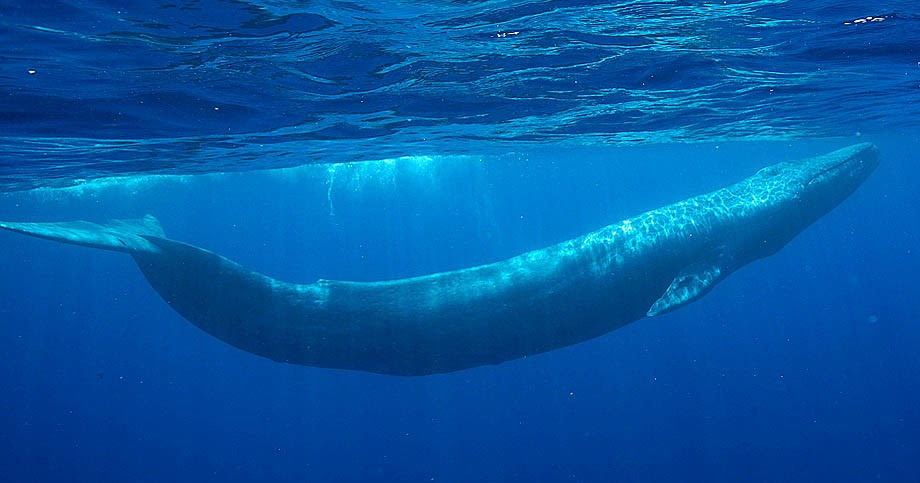
Blue whales will only occasionally raise their tail flukes at the end of a dive.īlue whales are identified by their flukes and small dorsal fin, and individuals are identified by the patterns of color on their backs. Most other whales show the dorsal fin almost immediately after the spout. When you see the spout and the whale is rolling at the surface, you will see a long back followed by a very small dorsal fin. The other distinctive characteristic of the blue whale is a very long, streamlined body allowing relatively fast swimming speeds. They are best identified by their tall, straight spouts (that can be up to 35 feet tall and hang in the air for much longer than other whale spouts) and their bluish-gray mottled skin. Here along the California coast, blue whales get to be up to 85 feet long. They can’t swallow large prey because their throat is tiny in comparison – only 4 to 8 inches in diameter! Blue Whale spouting off Fort Bragg Ĭlick image to see BBC’s Planet Earth VIDEO segment on Blue Whalesīlue whales in the southern ocean can be over 100 feet long and weigh well over 150 tons. Most people don’t know that the Blue Whale primarily eats one of the smallest animals in the ocean – shrimp-like creatures called krill.

The blue whale is the largest animal in the history of the earth! It’s heart is the size of a Volkswagen bug and the main aorta leaving the heart is large enough for a young child to crawl through. Subspecies: Northern Hemisphere population.


 0 kommentar(er)
0 kommentar(er)
